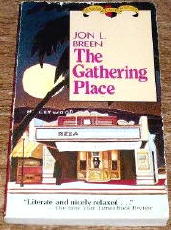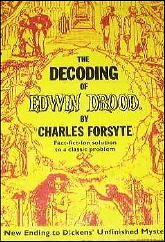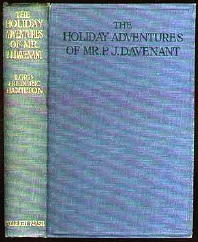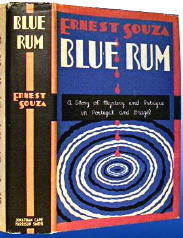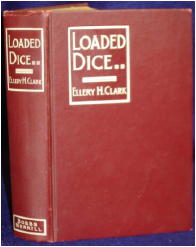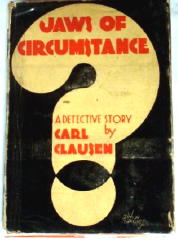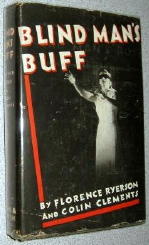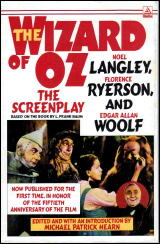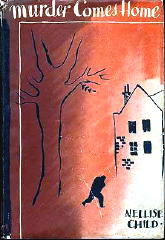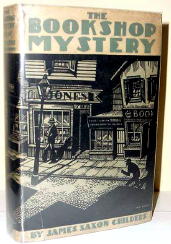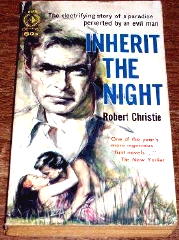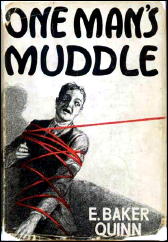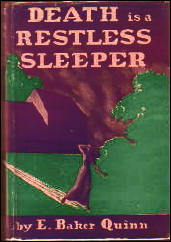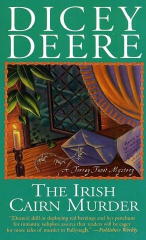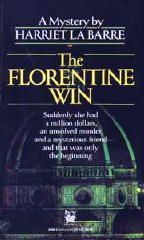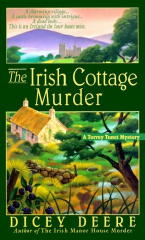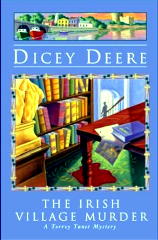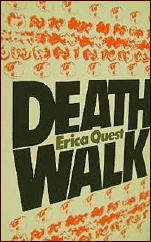Wed 2 Sep 2009
A 1001 MIDNIGHTS Review: CELIA FREMLIN – The Hours Before Dawn.
Posted by Steve under 1001 Midnights , Authors , Bibliographies, Lists & Checklists , Crime Fiction IV , Obituaries / Deaths Noted , Reviews[3] Comments
CELIA FREMLIN – The Hours Before Dawn. Victor Gollancz, UK, hardcover, 1958. J. B. Lippincott, US hardcover, 1958. Reprint US paperbacks: Dell D422, 1961; Dell 3770, Great Mystery Library, 1966.
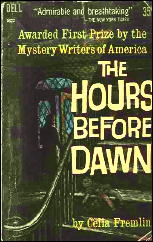
Celia Fremlin has the unusual ability to take a perfectly normal, if not mundane, situation and create an atmosphere of sheer terror. The Hours Before Dawn, which won an Edgar for Best Novel of its year, introduces us to Louise Henderson, a sleep-starved young housewife with a fretful new infant that is causing complaints from both her family and neighbors.
The only person who doesn’t complain is Miss Vera Brandon, the boarder the Hendersons have recently taken in. In fact, Miss Brandon is so self-effacing and quiet that at times the Hendersons don’t even know she is in the house.
Soon the boarder’s actions begin to arouse Louise’s suspicions, and she finds herself doing all sorts of things she has never done before — attempting to search the woman’s room, contacting total strangers for information about her, and finally taking the baby for a nocturnal stroll in his pram, only to fall asleep and lose him in a park.
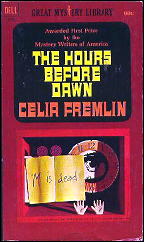
The author skillfully weaves truly frightening events into Louise’s daily routine of meals, housecleaning, and childcare, and her superb characterization has the reader thoroughly on Louise’s side — and just as terrified as she is — by the time the story reaches its surprising conclusion.
Other Fremlin titles of note: Uncle Paul (1960), Prisoner’s Base (1967), The Spider-Orchid (1978), With No Crying (1981).
———
Reprinted with permission from 1001 Midnights, edited by Bill Pronzini & Marcia Muller and published by The Battered Silicon Dispatch Box, 2007. Copyright © 1986, 2007 by the Pronzini-Muller Family Trust.
CELIA FREMLIN, R.I.P. It was Martin Edwards who first made known the news of mystery writer Celia Fremlin’s passing, announcing it on his blog three days ago.
She died this past summer in a nursing home in Bournemouth, on June 16th, with very few in the world of mystery fandom knowing about her passing until now.
Besides Martin’s appreciative tribute to her work, plus a long array of followup comments, a longer obituary by Rebecca Tope can be found online here. She says in part, in one poignant paragraph:
“Her personal life was, in fact, full of tragedy. From the death of her mother when she was seventeen, she went on to lose three children and two husbands, before going blind and slowly sinking into a twilight world that lasted for several years. Her books are light and humorous at first glance, but just below the surface is an acknowledgment of the truly terrible things that can happen to a person. Her style is distinctive and the books immensely enjoyable.”
BIBLIOGRAPHY: Taken from the Revised Crime Fiction IV, by Allen J. Hubin:
FREMLIN, CELIA. Pseudonym of Celia Margaret Goller, 1914-2009. UK publishers only, except for one case of a US retitling:
The Hours Before Dawn (n.) Gollancz 1958.
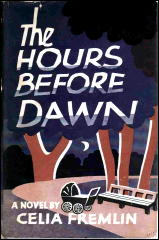
Uncle Paul (n.) Gollancz 1959.
Seven Lean Years (n.) Gollancz 1961. US title: Wait for the Wedding, Lippincott 1961.
The Trouble Makers (n.) Gollancz 1963.
The Jealous One (n.) Gollancz 1965.
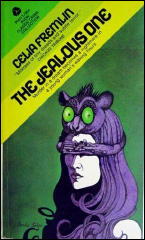
Prisoner’s Base (n.) Gollancz 1967.
Possession (n.) Gollancz 1969.
Don’t Go to Sleep in the Dark (co) Gollancz 1970.
Appointment with Yesterday (n.) Gollancz 1972. No US edition.
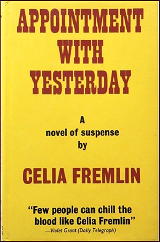
By Horror Haunted (co) Gollancz 1974. No US edition.
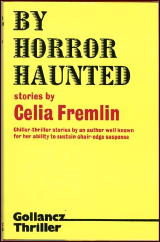
The Long Shadow (n.) Gollancz 1975.
The Spider-Orchid (n.) Gollancz 1977.
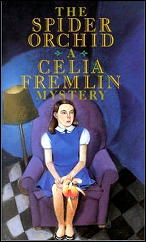
With No Crying (n.) Gollancz 1980.
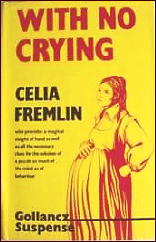
The Parasite Person (n.) Gollancz 1982.
A Lovely Day to Die, and other stories (co) Gollancz 1984.
Listening in the Dusk (n.) Gollancz 1990.
Dangerous Thoughts (n.) Gollancz 1991.
Echoing Stones (n.) Severn 1993.
King of the World (n.) Severn 1994.
